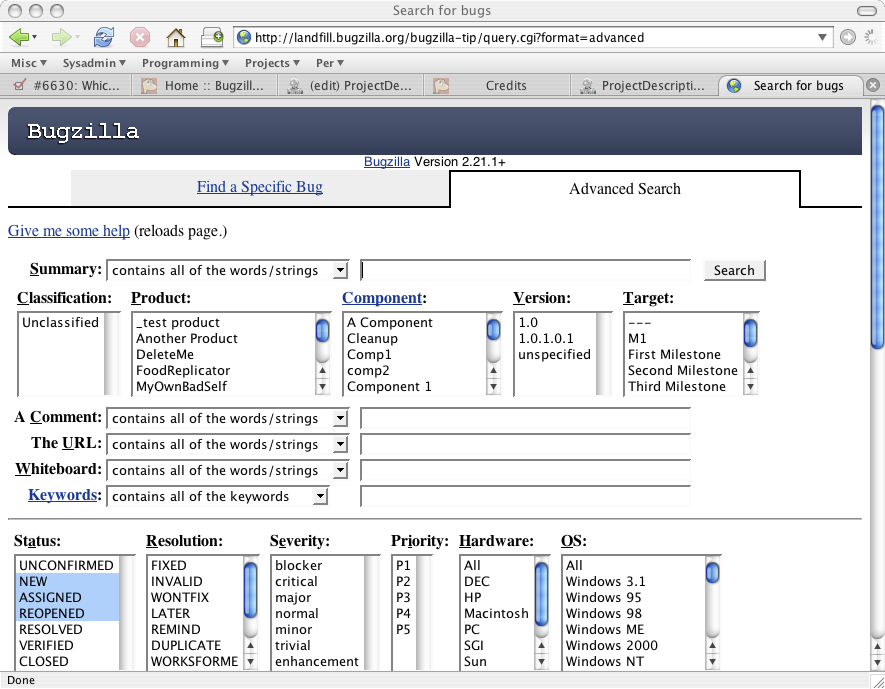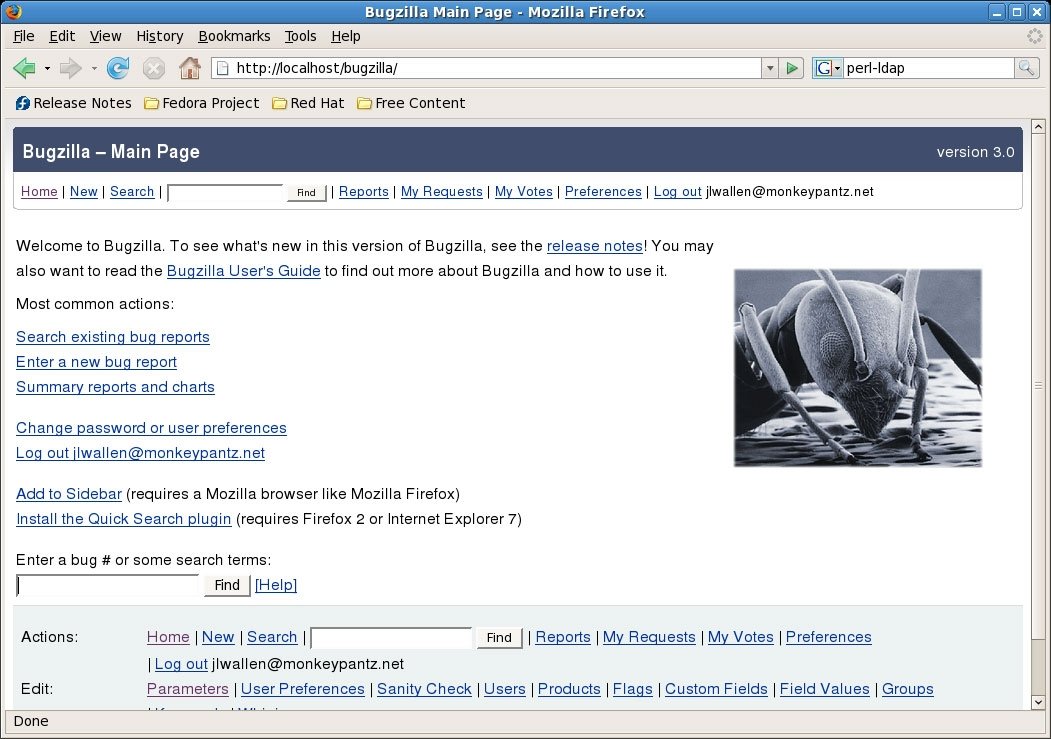

Thursday, MaXamarin.Forms 2.07-pre1 (2.5.1 Pre Release 1).Thursday, MaXamarin.Forms 2.84-pre2 (2.5.1 Pre Release 2).Wednesday, MaXamarin.Forms 2.94-pre3 (2.5.1 Pre Release 3).Wednesday, ApXamarin.Forms 2.34 (2.5.1 Service Release 1).Thursday, Xamarin.Forms 2.36 (2.5.1 Service Release 4).This is a service release containing bug fixes. If you want to see the working code, I created a sample project Started | What's New | Blogs | Feedback | Open Source What's New in this Release Run the project and you will see a spinning Pyramid in all its glory. New RepeatForever(new RotateBy(duration: 1,ĭeltaAngleX: 0, deltaAngleY: 90, deltaAngleZ: 0))) We are going to rotate the Pyramid along the Y-Axis to create a spinning effect. You can now run your application and see a static, slightly rotated, slightly lit up pyramid. Renderer.SetViewport(0, new Viewport(scene, camera, null)) Node cameraNode = scene.CreateChild(name: "camera") Ĭamera camera = cameraNode.CreateComponent() This will be the perspective we are looking at the object from. In order to see the object, we need to setup a Camera and define the View-port.

Light.SetDirection(new Vector3(0.4f, -0.5f, 0.3f)) Ĭontinuing on the same API pattern, you can set the light to come in at a specific direction via x, y, z coordinates. Node light = scene.CreateChild(name: "light") Now we want to shine some light on our object otherwise it looks rather dull. If you change the y value it will spin on the y axis. For example, if I put 180 in the x value, we will see an upside down triangle. Adding values to each axis will rotate it. If we set the x, y and z all to 0 it will just look like a triangle. The Quaternion is a mathematical notation, in this context to represent the rotation of a 3D object. Having z at 0 will also place it at the front of the screen, so we want to set the value higher so it pushes it back and we can see it. x and y = 0 will center the node on the screen. The x and y are left to right, with the z going back and forth. Modifying the node we can change its position and rotation. I add the Pyramid model and we can see a pyramid on the screen. ComponentĪvailable in UrhoSharp is a ResourceCache that contains many different prebuilt 3D models such as a pyramid or box. 1f is the default size, 0f is not seen and you can go above 1f to enlarge it further. You can set the scale of the node from 0 to X. ModelObject.Model = ResourceCache.GetModel("Models/Pyramid.mdl") StaticModel modelObject = node.CreateComponent() Node.Rotation = new Quaternion(60, 0, 30) Next we want to create a node on the scene and add a component.First creating the node and adding the component (model). SceneĪ scene is the place to add all your components, however to provide 3D support we need to add an Octree to implement spatial partitioning. Note: I will go through each section, step by step, but please note you won’t see anything on your screen until you have completed most of the steps. To create a 3D moving object we need to create a scene, add components and then actions to those components. If you haven’t read the first post, please do before continuing as this based on the final result of that post. Following on from the Introduction to UrhoSharp in Xamarin Forms, we are now looking at creating a 3D moving object.


 0 kommentar(er)
0 kommentar(er)
